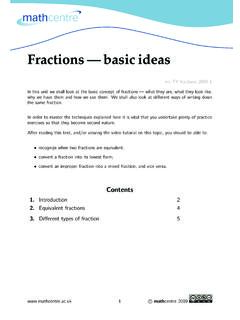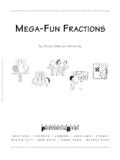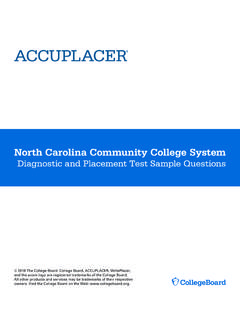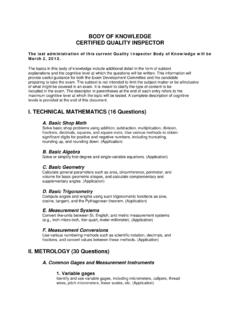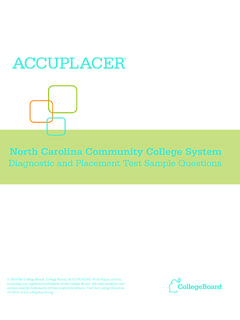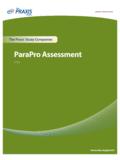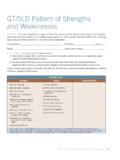Transcription of Year 3 End of Year Expectations - burghschool.org.uk
1 year 3 end of year expectations Mathematics By the end of year 3, children are expected to be able to: Compare & order numbers up to 1000. Read & write all numbers to 1000 in digits and words. Find 10 or 100 more/less than a given number. Count from 0 in multiples of 4, 8, 50 and 100. Recall & use multiplication & division facts for 3, 4, 8 tables as well as reinforcing 2,5,10. Recognise place value of any 3-digit number. Add and subtract: 3-digit nos and ones 3-digit nos and tens 3-digit nos and hundreds Add and subtract: Numbers with up to 3-digits using written columnar method. Estimate and use inverse to check. Multiply: 2-digit by 1-digit Wainfleet Road Burgh-le-Marsh Skegness Lincs. PE24 5ED Tel: 01754 810241 Count up/down in tenths.
2 Compare and order fractions with same denominator. Add and subtract fractions with the same denominator. Tell time using 12 and 24 hour clocks; and using Roman numerals. Estimate and read time to nearest minute. Know number of days in each month and number of seconds in a minute. Measure, compare, add and subtract length (mm,cm,m), mass (g,kg) volume and capacity (ml,l). Add and subtract money giving change Recognise right angles Compare and sort common 2D and 3D shapes by their properties. End of year Expectations for year 3 This booklet provides information for parents and carers on the end of year Expectations for children in our school. The National Curriculum outlines these Expectations as being the minimum requirements your child must meet in order to ensure continued progress.
3 All the objectives will be worked on throughout the year and will be the focus of direct teaching. Any extra support you can provide in helping your children to achieve these is greatly valued. If you have any queries regarding the content of this booklet or want support in knowing how best to help your child please talk to your child s teacher. Reading By the end of year 3, children are expected to: Read a wide range of books (including fairy stories, myths and legends) and retell some of them to others. Comment on the way characters relate to one another. Know which words are essential in a sentence to retain meaning. Draw inferences such as inferring characters feelings, thoughts and motives from their actions. Recognise how commas are used to give more meaning.
4 Recognise inverted commas Recognise: plurals pronouns and how used collective nouns adverbs Discuss the authors choice of vocabulary and how it impacts on the reader. (For example adjectives and verbs) Writing By the end of year 3, children are expected to: Use conjunctions (when, so, before, after, while, because). Use adverbs ( then, next, soon). Use prepositions ( before, after, during, in, because of). Experiment with adjectives to create impact. Correctly use verbs in 1st, 2nd and 3rd person. Use perfect form of verbs to mark relationships of time and cause. Use inverted commas to punctuate direct speech. Group ideas into basic paragraphs. Write under headings and sub-headings. Write with increasing legibility, consistency and fluency.
5 Practise and learn new spellings by using known words. Spell common exception words (see Spelling Log)

